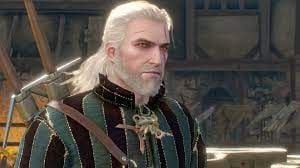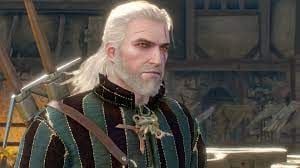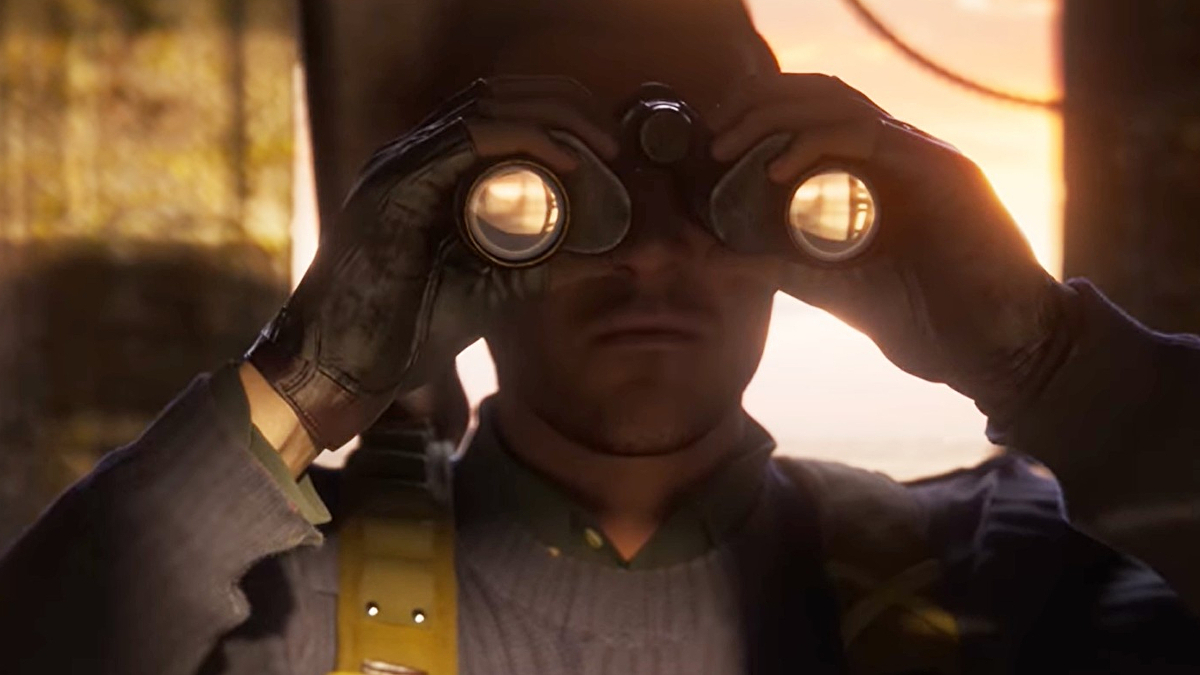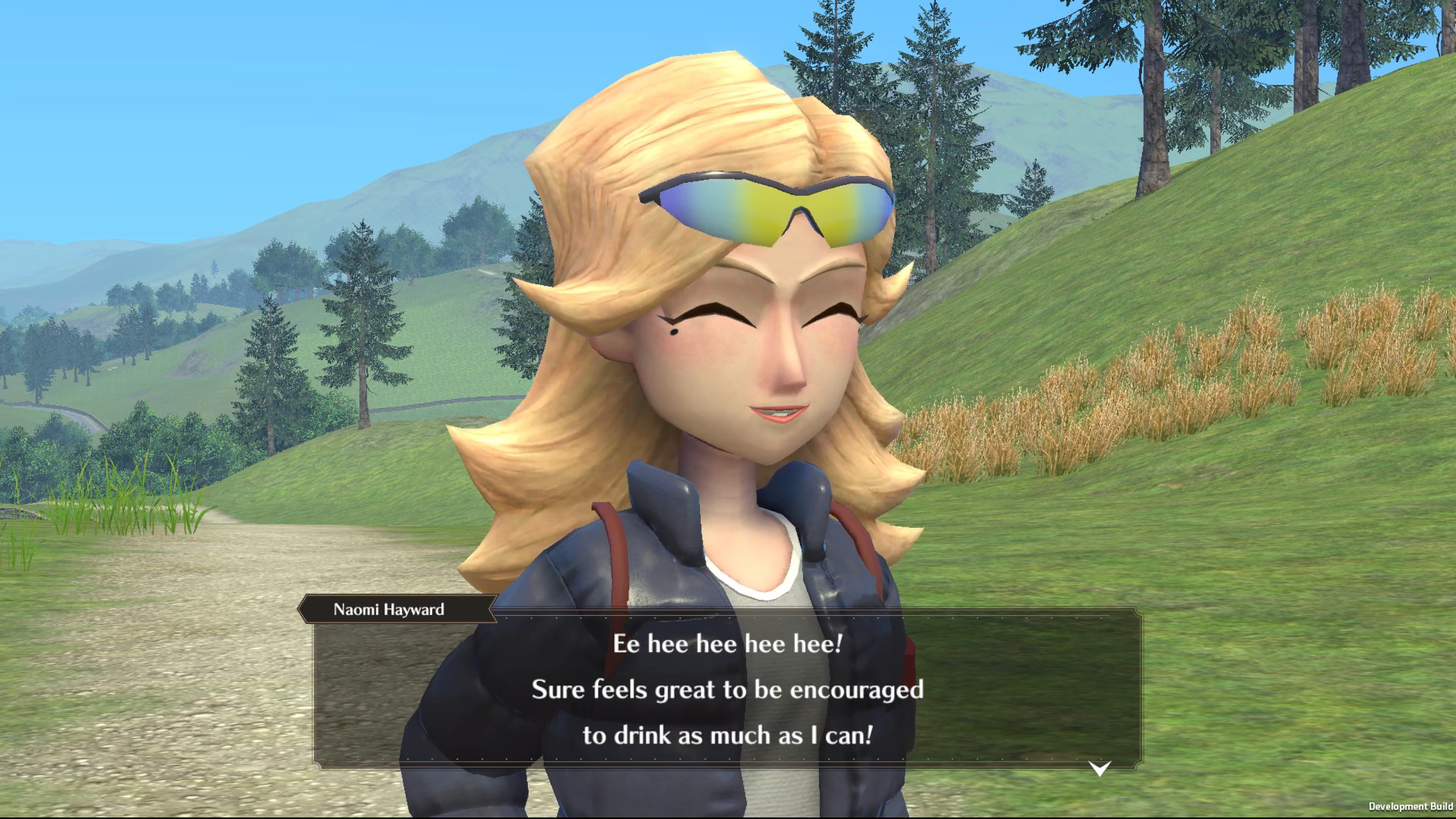
Anyone who has played The Witcher 3 is obviously familiar with Geralt of Rivia, its gruff but lovable protagonist who slays monsters by day and slings cards by night – despite the fact he should probably be looking for his adoptive daughter. When you consider that he’s also the star of Andrzej Sapkowski’s Witcher saga – which provides much of the source material for CD Projekt Red’s Witcher games – it would seem as if everyone’s favourite mutant monster slayer was always going to be a part of said games. Weirdly, he wasn’t.
This was revealed in passing during WitcherCon 2021, although I had already spoken to a couple of ex-CDPR developers before that. It’s not just that Geralt wasn’t part of the initial vision – the first Witcher game went through several iterations before the thought of including him even came to the table, to the extent that CDPR originally floated the idea that players would be able to fully customise their characters.
Related: The Witcher 3's New DLC Makes Me Want To Replay It For The 500th Time
“The story was the most significant difficulty [of The Witcher],” The Witcher lead gameplay designer Maciej Szczesnik tells me. “We were redoing it a few times from scratch during the development to make sure it was ‘Witcher enough.’ In the first demo, we were not even playing as Geralt – we had another protagonist, Berengar. We even had plans to allow players to create their [own] characters at some point – they just had to be witchers.”
At this stage in development, the team were also toying around with horse-riding and environments that lent themselves to a higher degree of freedom of exploration, although both were obviously cut prior to the game’s official launch. In fact, quite a few ideas were cut from The Witcher, while quite a few others that did make it into the game weren’t exactly to the devs’ tastes – although that’s for another article.

“Having [Geralt] on board helped a lot because we had some ready-to-use relationships with other characters, and we knew ‘what would Geralt do?’" Szczesnik says. Instead of having to design, write, and implement scenarios for a self-insert, fully customised witcher character, being able to lean on Geralt – who was already known to Witcher fans and would inevitably become beloved to newcomers – gave the team something to work with. Szczesnik also mentions that The Witcher lead story designer Artur Ganszyniec was an enormous fan of the books prior to even working on the game, which helped him quite a lot when it came to writing a version of Geralt that was true to Sapkowksi’s original vision.
“Working on the Witcher franchise was sort of a dream job for me,” Ganszyniec says. “I grew up on Sapkowski’s stories and remember waking up earlier to buy the next installment of the Witcher saga as soon as the bookstore opened. Being responsible for giving Geralt a literal second life, and working with a team of other enthusiasts was both fun and a privilege.
“I think that the main difficulty was to decide what types of decisions and dilemmas were right for Geralt. We would compare our ideas to the source books, looking for precedents and analyzing whether Geralt would act in such a way or another. By the end most of the team became real masters of The Witcher lore. And overall, I think we did a good job.”
It’s strange to think about now – that Geralt of Rivia may not have been in any of CDPR’s illustrious Witcher games. But thanks to Berengar not quite fitting and troubles with implementing a fully customisable character creator, the devs eventually decided they might as well use Sapkowski’s own protagonist for their proprietary take on what comes after the end of the saga – in hindsight, it’s probably the best decision they ever made.
Next: The Witcher: Ronin Opens Up Countless Possibilities For Geralt's Story



